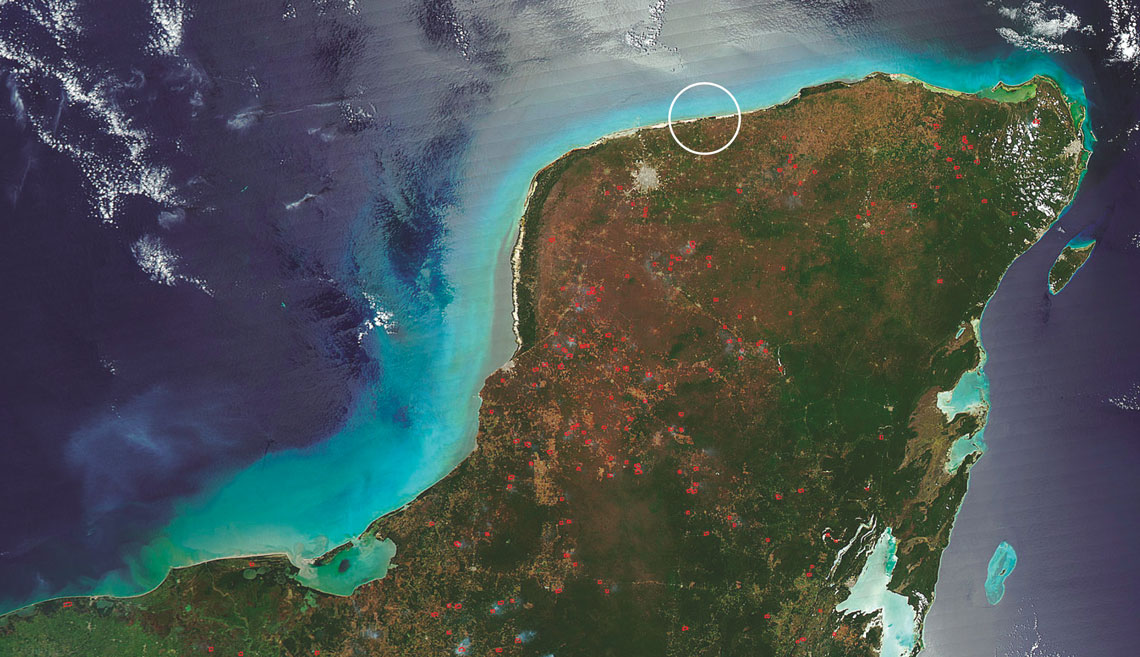The Sumatra-Andaman earthquake that hit the coast of Indonesia in 2004 triggered the deadliest tsunami in history, killing 227,000 people in 14 countries. Its devastating power, however, was at least 30,000 times smaller than the giant wave generated by the asteroid that created the Chicxulub crater on the Yucatan peninsula in the Gulf of Mexico 66 million years ago and led to a mass extinction event. During her PhD at the University of Michigan, USA, oceanographer Molly Range, who now works in the private sector, calculated the amount of energy released by the asteroid hitting Earth. The results of her mathematical simulation indicate that in the 2.5 minutes after the impact, a wave up to 4.5 kilometers (km) high and just over 50 km wide was created. Ten minutes after the impact, the crest of the wave had already fallen to 1.5 km high (AGU Advances, October 4). A tsunami about 10 meters high traveling at a speed of 1 meter per second reached most of the North Atlantic coast and the south of the Pacific Ocean. By comparing the propagation of the wave with marine sediment analyses, the scientists concluded that the giant wave could have traveled over a radius of up to 12,000 km.
RepublishGeophysics
Asteroid that wiped out the dinosaurs generated the deadliest tsunami in history

Mexico's Yucatán Peninsula, where an asteroid impact created the Chicxulub crater 66 million years ago (white circle)
Jeff Schmaltz LANCE / EOSDIS MODIS Rapid Response Team / GSFC / Nasa